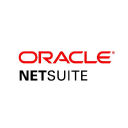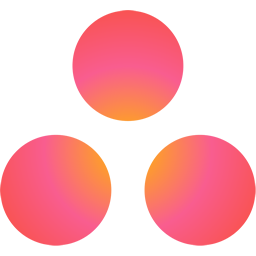How An Olympic Athlete Developed A $150K/Month Gym Equipment Line
Hello! Who are you and what business did you start?
G’day! I am Dave Barnes and I founded the company Gym and Fitness. Gym and Fitness is one of the largest online retailers of home gym equipment in Australia and New Zealand, providing thousands of customers with easy access to gym equipment to help them achieve a fit and healthy lifestyle!
Currently, we have a team of 60 staff, servicing 450 customers a week.

What's your backstory and how did you come up with the idea?
I have always been passionate about training, with a focus on maintaining a fit and healthy lifestyle. I spent my teen years in and out of gyms as an elite athlete competing in the sport of archery. After competing in the 2004 Olympic Games and training at the AIS in Canberra, I returned back to my...

Download the report and join our email newsletter packed with business ideas and money-making opportunities, backed by real-life case studies.

Download the report and join our email newsletter packed with business ideas and money-making opportunities, backed by real-life case studies.

Download the report and join our email newsletter packed with business ideas and money-making opportunities, backed by real-life case studies.

Download the report and join our email newsletter packed with business ideas and money-making opportunities, backed by real-life case studies.

Download the report and join our email newsletter packed with business ideas and money-making opportunities, backed by real-life case studies.

Download the report and join our email newsletter packed with business ideas and money-making opportunities, backed by real-life case studies.

Download the report and join our email newsletter packed with business ideas and money-making opportunities, backed by real-life case studies.

Download the report and join our email newsletter packed with business ideas and money-making opportunities, backed by real-life case studies.
















